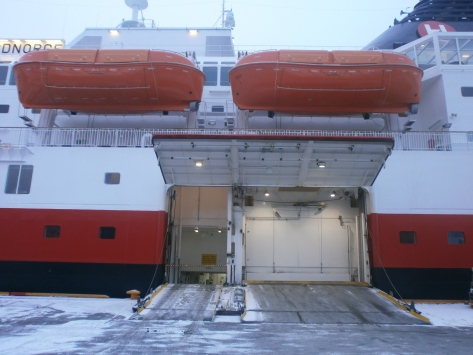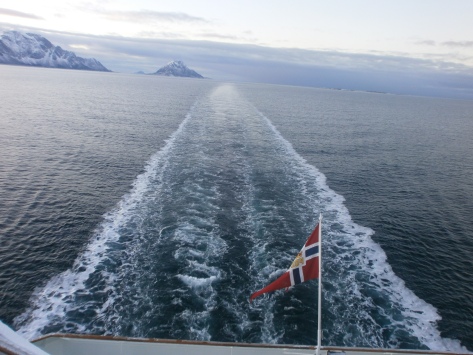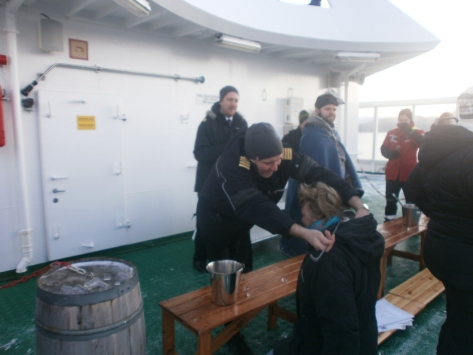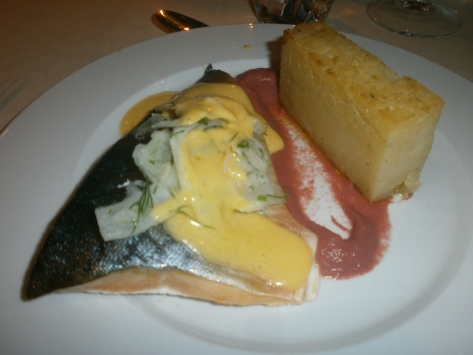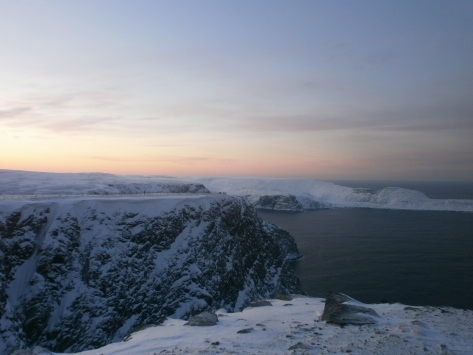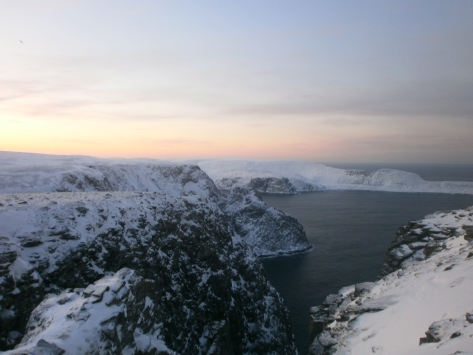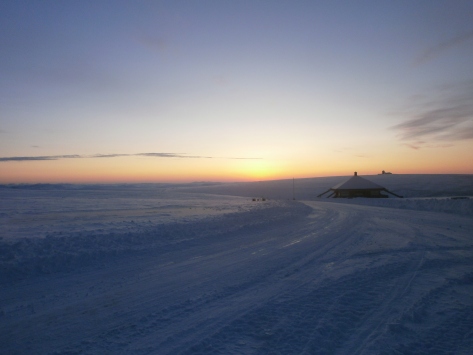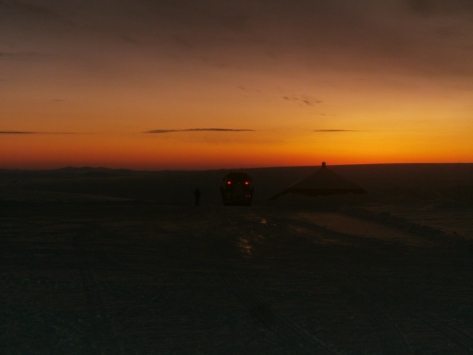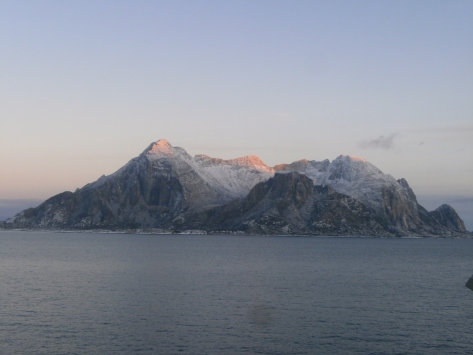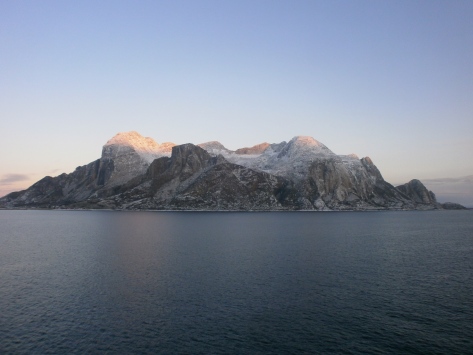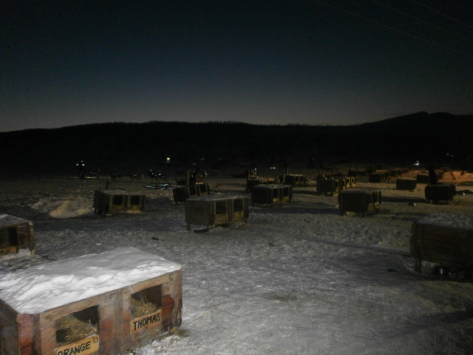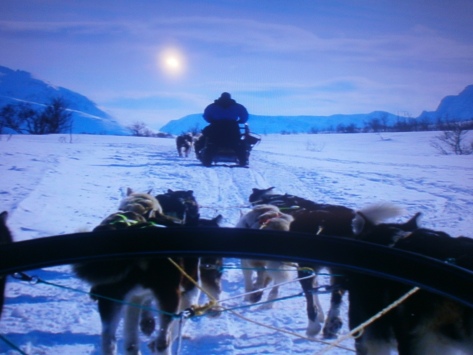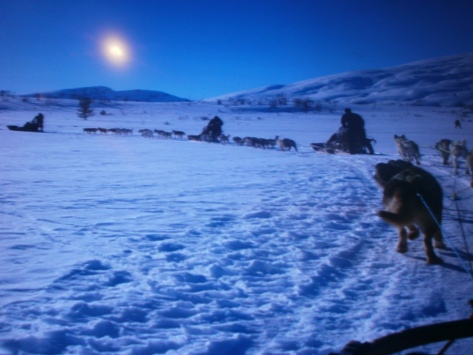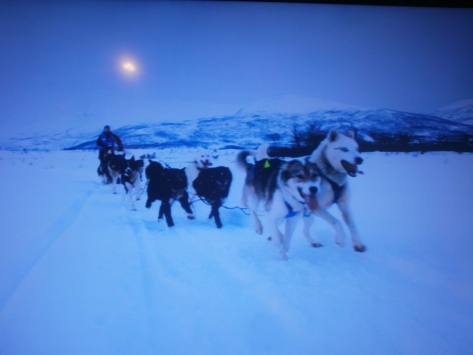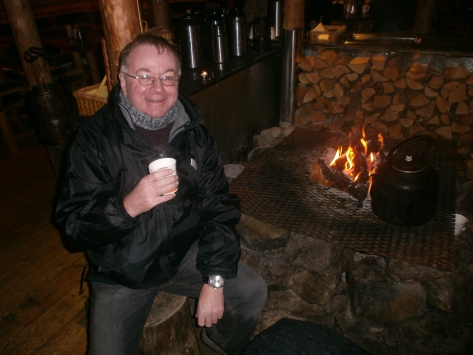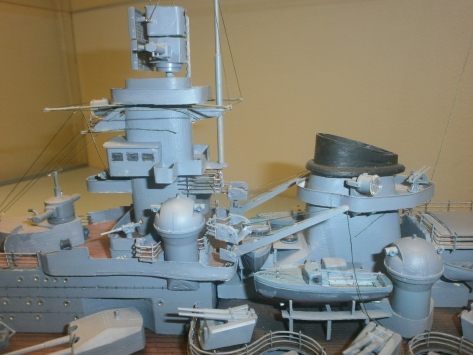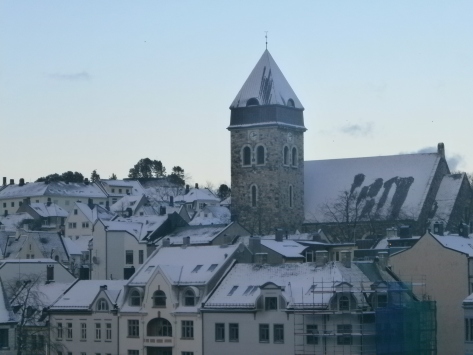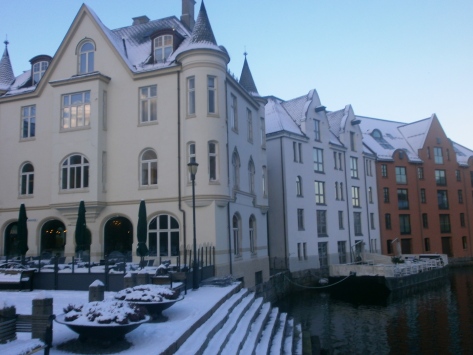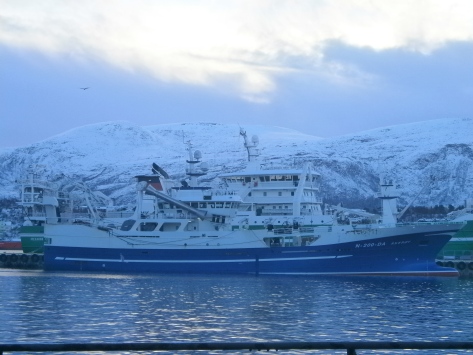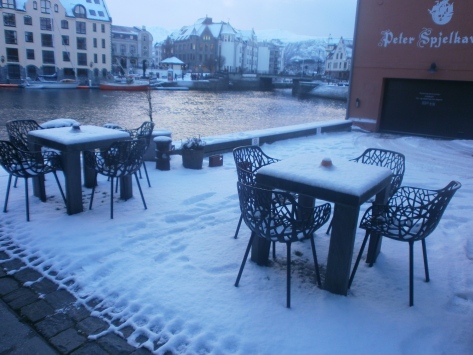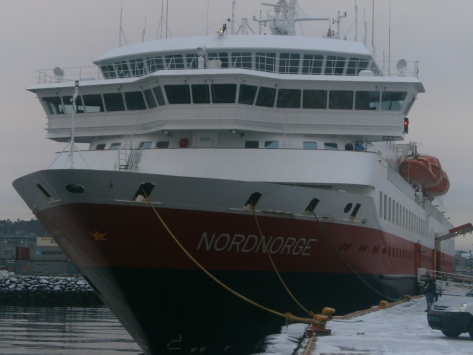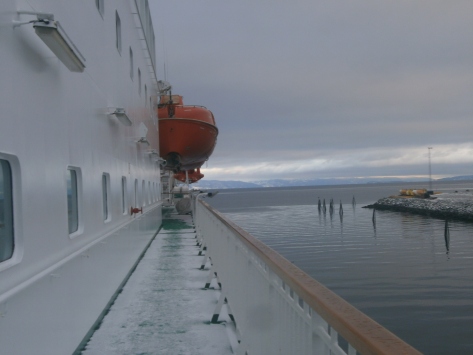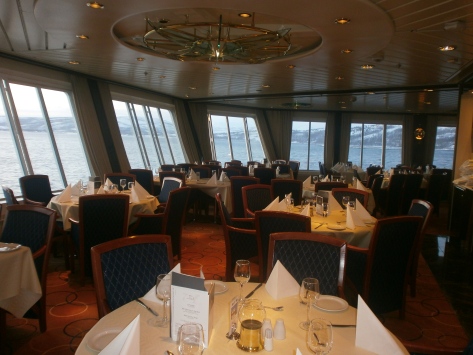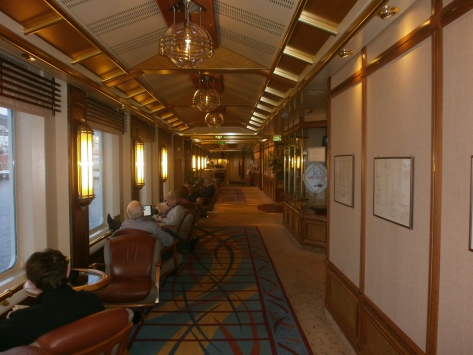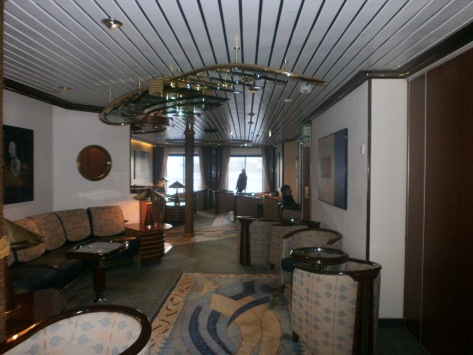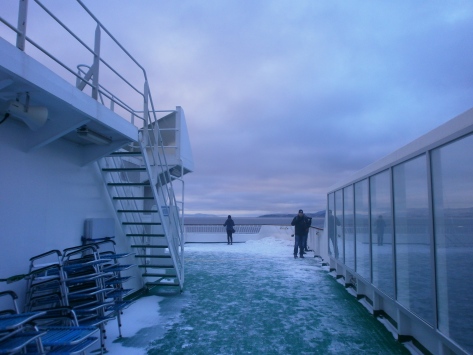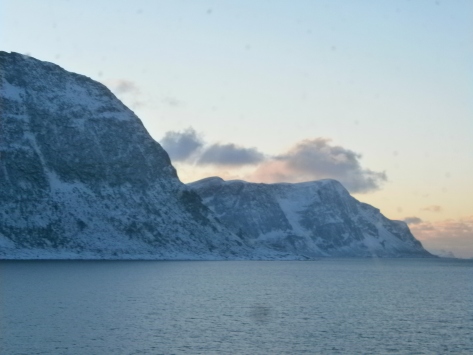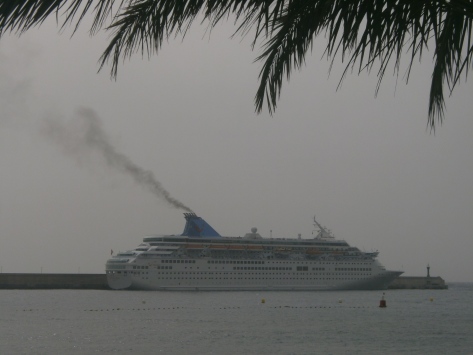
A short, four hour flight delivered me smartly from the depths of a grey British winter, and into the warm, welcoming embrace of twenty eight degrees of sunshine on balmy Tenerife. As the plane climbed from grey skies into blue, my spirits soared with it.
A while later, I was greeted by the welcome, familiar sight of the Thomson Majesty, sitting serenely at dockside in the port of Santa Cruz. Boarding her at once brought back a whole host of memories from other cruises on this ship, all of them good. Safe to say that my mood had improved by leaps and bounds since leaving home.
Over the next week the 40,000 ton ship would make a stately circuit around a slew of sun splashed Canarian favourites. There was bustling Gran Canaria, where surfers braved the broad Atlantic rollers that drummed the beach at Las Canteras. Indulging in a few glasses of wine on the broad, umbrella shaded promenade that winds above that beach is a simple, timeless treasure whose therapeutic effects cannot be overstated.
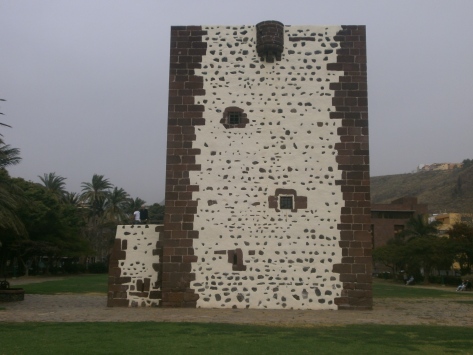
There was sparse, stoic little La Gomera; a seldom visited treasure trove where a restored, fifteenth century watch tower stands guard among rows of pastel hued houses that stand in serried rows against a background of looming limestone cliffs. A long, slowly curving beach of black volcanic sand, sprinkled with palm trees, was almost deserted in the first hours of a Sunday morning. I suspect that this little gem is probably the most authentic and unspoiled of all the Canary Islands.
Next came Madeira; long a personal favourite, and the only Portuguese hold out in this otherwise Spanish accented region. It feels a million miles different in temperament and pace from its near neighbours.
Mountainous and effortlessly majestic, Madeira lacks the vast swathes of sandy beaches and resort life so typical of the Spanish islands. In the pretty harbour of Funchal, beautiful botanical gardens frame the seafront in a riot of hibiscus, oleander and wisteria. Winding, cobbled streets give are flanked by rows of white and ochre coloured houses, with window shutters of polished teak, and flower boxes brimming to overflowing with fresh blooms.
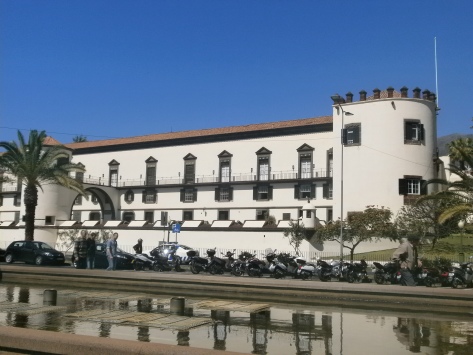
Cafes and bars spill right down to the waterfront, stretching right along the entire expanse of the broad, beautiful lido. Despite this being technically a capital city, the pace of life in Funchal- not a small town by any means- seems somehow more laid back. As a place to simply kick back and indulge in some platinum chip people watching, Funchal is equalled only by the French Riviera and, perhaps, Sorrento.
In between all of this, there is a welcome sea day aboard the Thomson Majesty herself; a blissful opportunity to recharge the batteries, and simply catch some very welcome winter sun. The upper deck has a pair of centrally located pools, with sun walks up above lined with rows of sun loungers. As with many ships, those loungers fill very quickly, and finding a little ‘quality space’ of your own is always difficult with fourteen hundred passengers on board.
It’s also very noisy when the entertainment staff organise the afternoon deck games; an overly amplified, ear splitting series of banal ‘party’ games. But, to be fair, most of the passengers do seem to love them.
Two decks down, a full promenade runs right around the ship on Seven Deck. Few people seem to find it during the day, and the rows of sun loungers down here are a far more pleasant place to just chill out and soak up that benign Canarian sunshine than upstairs.. The contrast is like the difference between night and day.
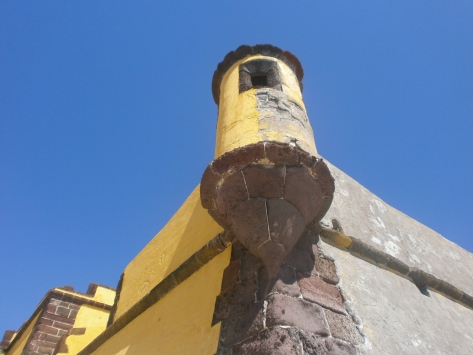
Inside, the Thomson Majesty remains a pert, pretty ship; one largely unchanged since her Norwegian Cruise Line days. There are interior boulevards lined by walls of floor to ceiling windows that are prefect for just relaxing with a coffee, a book, or a beer. Even all three. Throughout the ship, stained glass ceilings and beautiful, blond wood panelling frame a series of intimate, elegant public rooms that make the Thomson Majesty a warm, perennially appealing alternative to the other vast, far more impersonal vessels sailing these same waters.
Both indoor and casual dining varies from good to excellent. The addition of an upper deck enclosed eatery- Piazza San Marco- eases the congestion in the usually crowded Cafe Royale, up forward on the topmost deck. The room itself, however, is pretty spartan, and has the feel of a hastily thrown up wedding marquee. Some plants around the edges of this room would soften it a lot, and add some real warmth that is currently lacking.
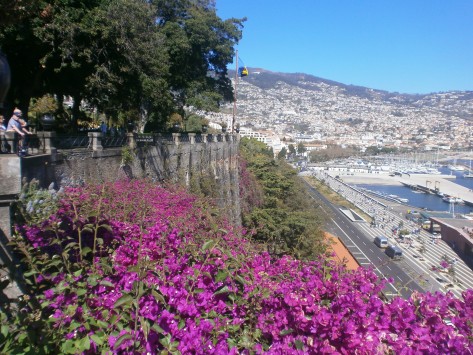
Downstairs, the two main restaurants are on Deck Five, and both have windows overlooking the sea on at least one side. The menu is typical cruise fare, tailored inevitably toward the British market. For the likes of steak and lobster, there is a surcharge.
There is a smaller, more intimate restaurant- Le Bistro- bookable at a surcharge. It offers upscale food and service, and needs to be booked in advance. In cabin breakfasts also come with a surcharge.
Cabins themselves come in inside and outside categories. A small number of the eight deck cabins- together with the suites and mini suites on Deck Nine- come complete with nice balconies, though these are not very private.
Standard cabins are small, with separate beds that can convert to a double. They come complete with shower and WC, and limited storage space. That said, the Thomson Majesty is a fairly casual ship in terms of dress code; think resort casual, and pack accordingly.
Entertainment wise, the intimate size of the ship precludes the lavish floor shows of the mega ships, but that is not to imply a lack of fun when the sun goes down. Far from it.
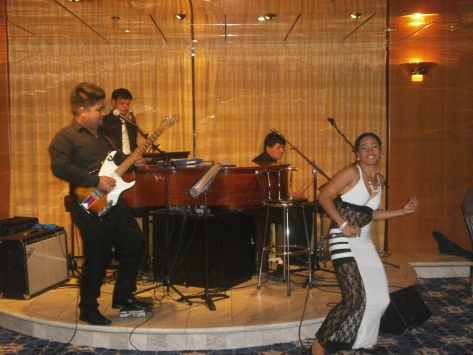
Live bands and smaller, more intimate Broadway revues vie with a good sized casino and a large, aft facing disco for your custom. There are quieter venues for drinks and conversation, some with piano background music, and some without. Others enjoy simply sitting outside on the upper decks with a bottle of wine, taking in the starlight and the warm breeze.
This cruise is a pretty regimented, though well organised, run to some very appealing little idylls in the sun. The Canaries may not be dramatic and studded with must do things, but they do offer a vibrant, compelling and convenient alternative to the bone numbing banality of a European winter. The lifestyle is good, and you should never, ever underestimate how good that warm winter sun can feel.
Add to this a comfortable, appealing, pretty little ship that still has all the bells and whistles that you could possibly want, and the appeal becomes obvious. Seventeen years after I first crossed her gangway, the Thomson Majesty remains one of the prettiest ships afloat. I’d definitely do this one again.
